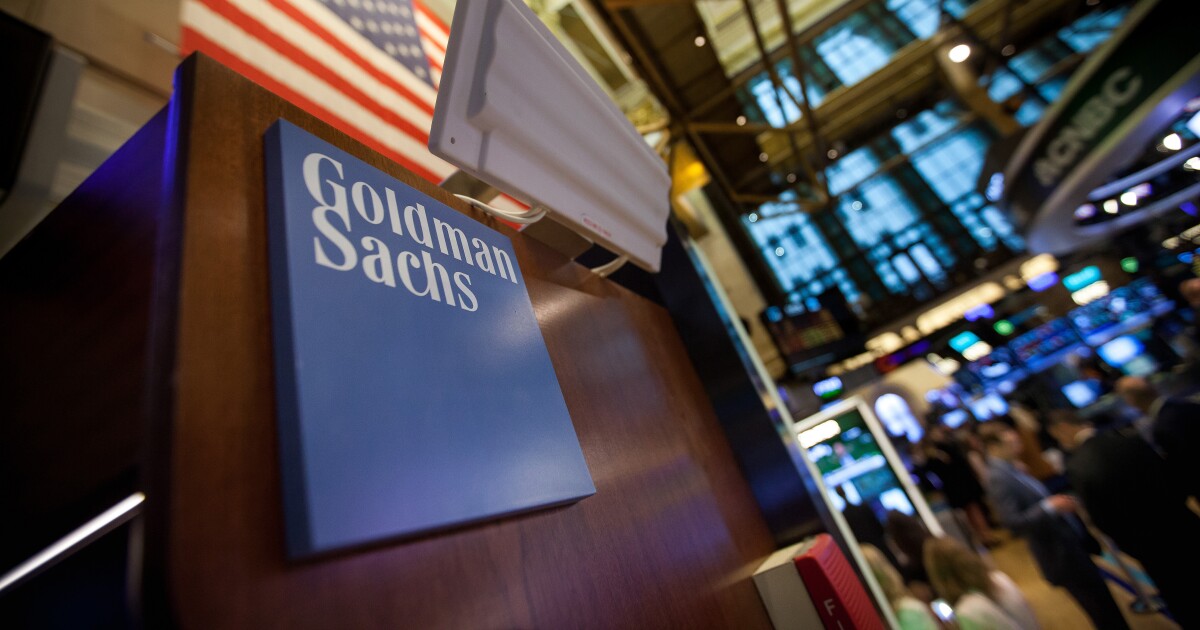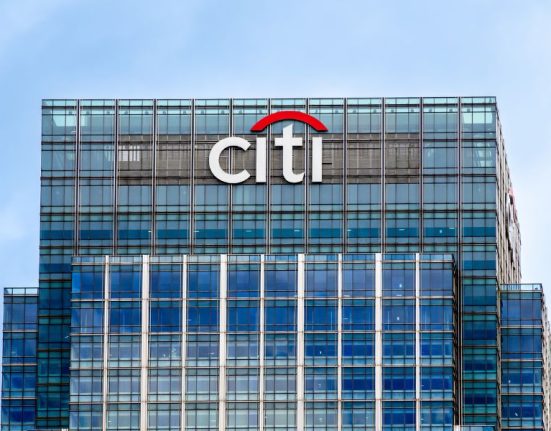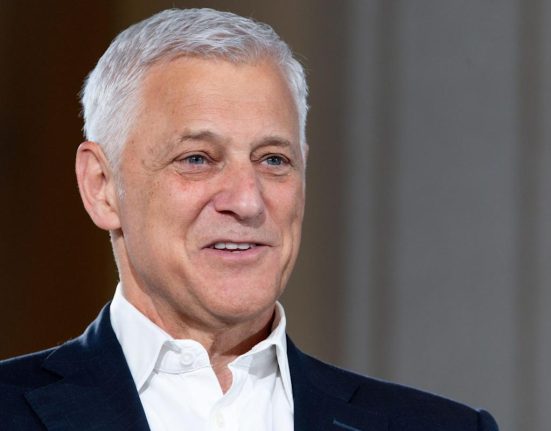Analysts had been forecasting second-quarter earnings-per-share of $9.63, according to S&P Capital IQ. The better-than-expected performance was driven by heady increases in investment banking and equities revenues, which spiked 26% and 36%, respectively, from the same period in 2024.
The performance of the wealth and asset management unit, the $1.78 trillion-asset bank’s other major line of business, was muted, with revenue declining 3% from the quarter that ended on June 30, 2024.
Firm-wide revenue totaled $14.6 billion, up 15% from a year earlier. Solid financial results pushed compensation costs higher. The company reported quarterly operating expenses of $9.2 billion, up 8% annually.
“Our strong results for the quarter reflected healthy client activity levels across our businesses, our differentiated franchise positions and the talent and commitment of our people,”
Revenue from the bank’s asset and wealth management unit totaled $3.78 billion for the three months ending June 30, as an increase in management and other fees was overshadowed by declines in equity and debt investments.
Despite the unit’s revenue decline, total assets under supervision reached $3.29 trillion on June 30, up 12% from a year earlier.
“At this time, the economy and markets are generally responding positively to the evolving policy environment, but as developments rarely unfold in a straight line, we remain very focused on risk management,” Solomon said in the press release.
The new stress-buffer capital schemes take effect Oct. 1.







